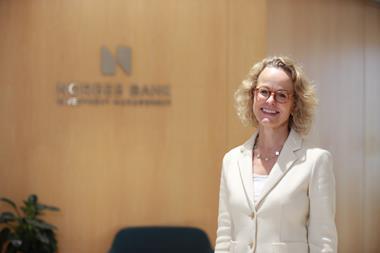Norwegian pension funds and life insurers have been told by the country’s Financial Services Authority (Finanstilsynet, FSA) to factor in “considerable downside risk” in they capital planning, give the troubles of commercial property companies.
The FSA said today that against the background of the marked increase in commercial property prices over the last few years as a result of increasing rental prices and low required rates of return, it had conducted a thematic review of selected banks’ lending activities in that market.
In the latest of its half-yearly “Risk Outlook” reports published today, analysing and assessing stability in the Norwegian financial system, the watchdog said that thematic review had shown that many commercial property companies would be severely hit by interest rate rises, lower rental income and reduced property values.
Per Mathis Kongsrud, the FSA’s deputy director general in charge of digitalisation and analysis, said: “Commercial property companies have large volumes of debt falling due over the next few years and are thus subject to considerable refinancing risk.”
As for life insurers and pension funds, the FSA said in it is risk report that these firms had a strong solvency position, but that they managed “extensive capital and have major investments in the real estate sector”.
“Sensitivity analyses show that a sharp fall in commercial property prices, as assumed in Finanstilsynet’s stress test of banks, will result in substantial losses and a pronounced weakening of Norwegian life insurers’ buffer capital,” the Oslo-based agency said.
“Finanstilsynet expects the pension institutions’ capital planning to factor in the considerable downside risk,” said Kongsrud.
According to first-quarter data from MSCI, the Norwegian, Swedish and Finnish commercial real estate markets all saw more substantial declines in deal activity than the average for all of Europe. The Norwegian market registered the steepest decline however, with the volume of transactions in Q1 revealed to be 84% lower than the same quarter a year before.
Read the digital edition of IPE’s latest magazine























No comments yet